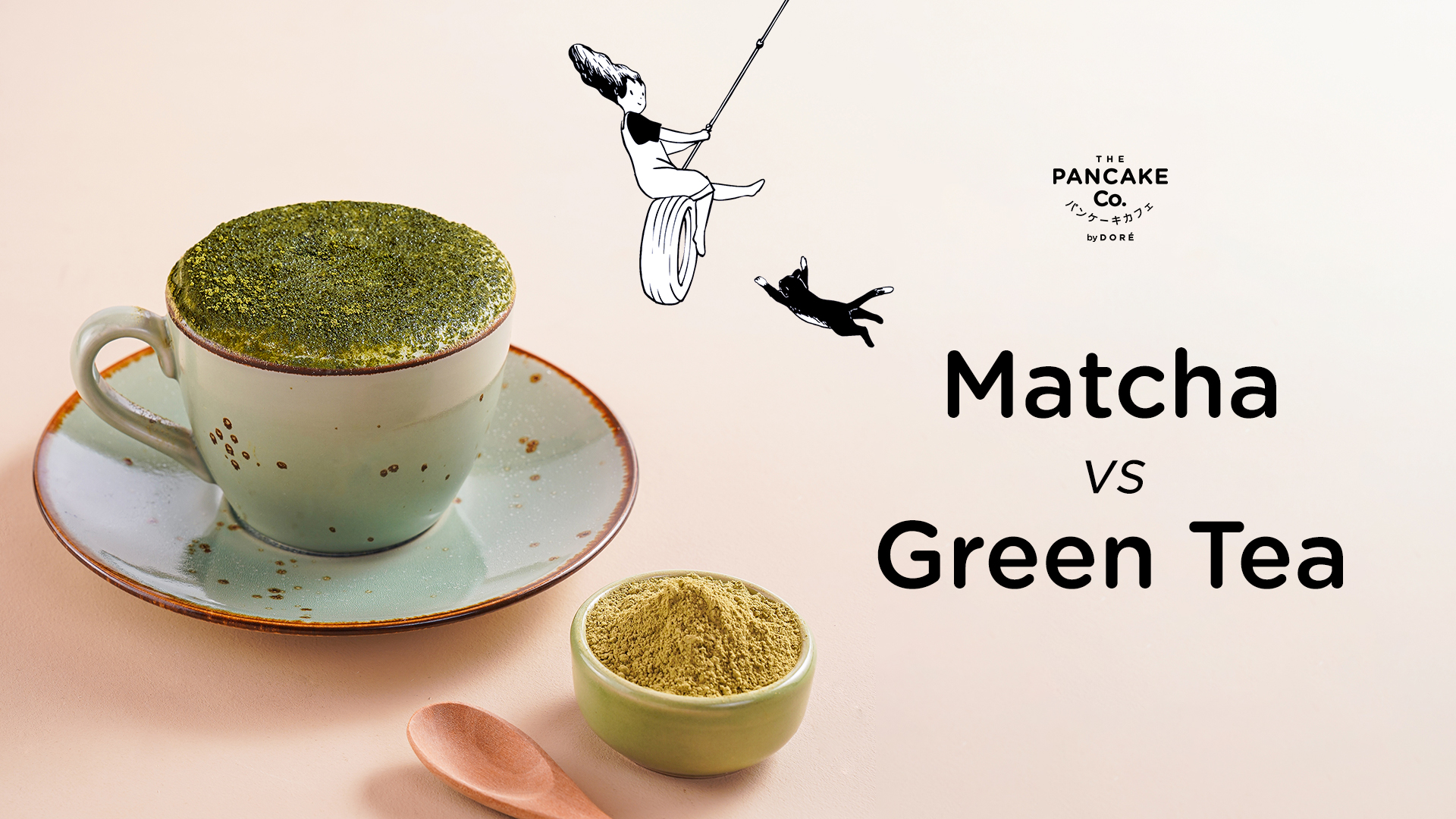Green, earthy, and packed with health benefits. Matcha and green tea are two beloved beverages that often get mixed up. While they both come from the same plant (Camellia sinensis), their differences go far beyond the cup. From how they’re grown and processed to how they taste and what they offer nutritionally, matcha and green tea each have their own unique story. Let’s discover it in this article!
- Form
Matcha comes in the form of a fine powder made from carefully cultivated and processed green tea leaves. When prepared, it’s whisked into hot water, allowing you to consume the entire leaf. In contrast, green tea is made by steeping whole leaves in hot water and then removing them, so you only drink the brewed infusion, not the leaves themselves. - Flavor & Texture
Matcha is known for its rich, creamy mouthfeel and a bold, full-bodied flavor profile with pronounced umami notes. Its depth comes from the way the leaves are grown and processed, creating a concentrated and slightly vegetal taste. In comparison, green tea offers a much lighter and more refreshing experience. Its flavor is more delicate, often described as grassy, subtly sweet, or even floral! - Caffeine & Antioxidants
When it comes to caffeine and antioxidants, matcha takes the lead. It is because you consume the entire leaf in powdered form, delivering a higher concentration of both caffeine and beneficial compounds like catechins and L-theanine. Green tea, on the other hand, contains less caffeine and fewer nutrients since the leaves are steeped and then discarded.
Now, it’s your time to try our Matcha series at The Pancake Co., Panmates!

